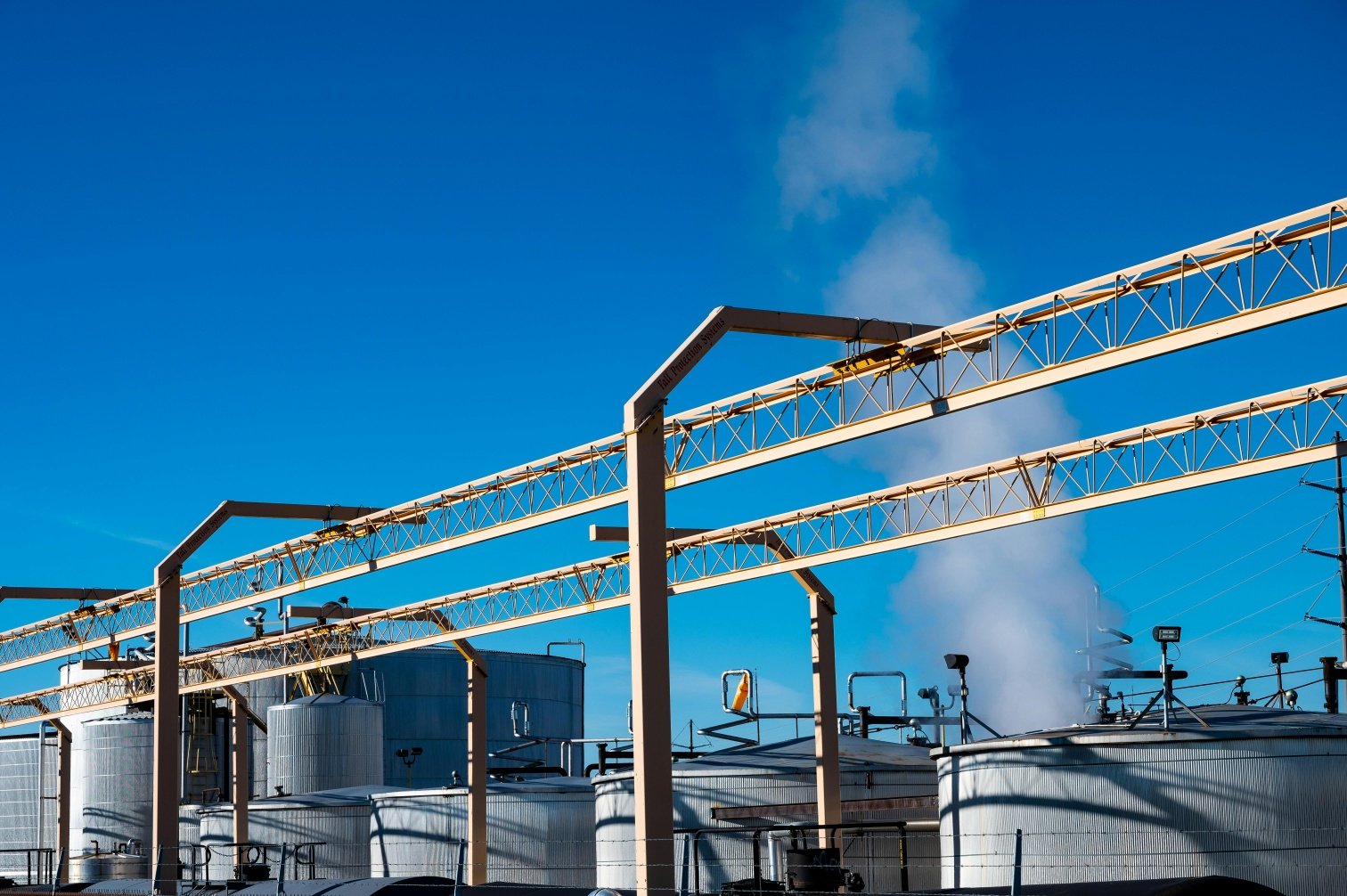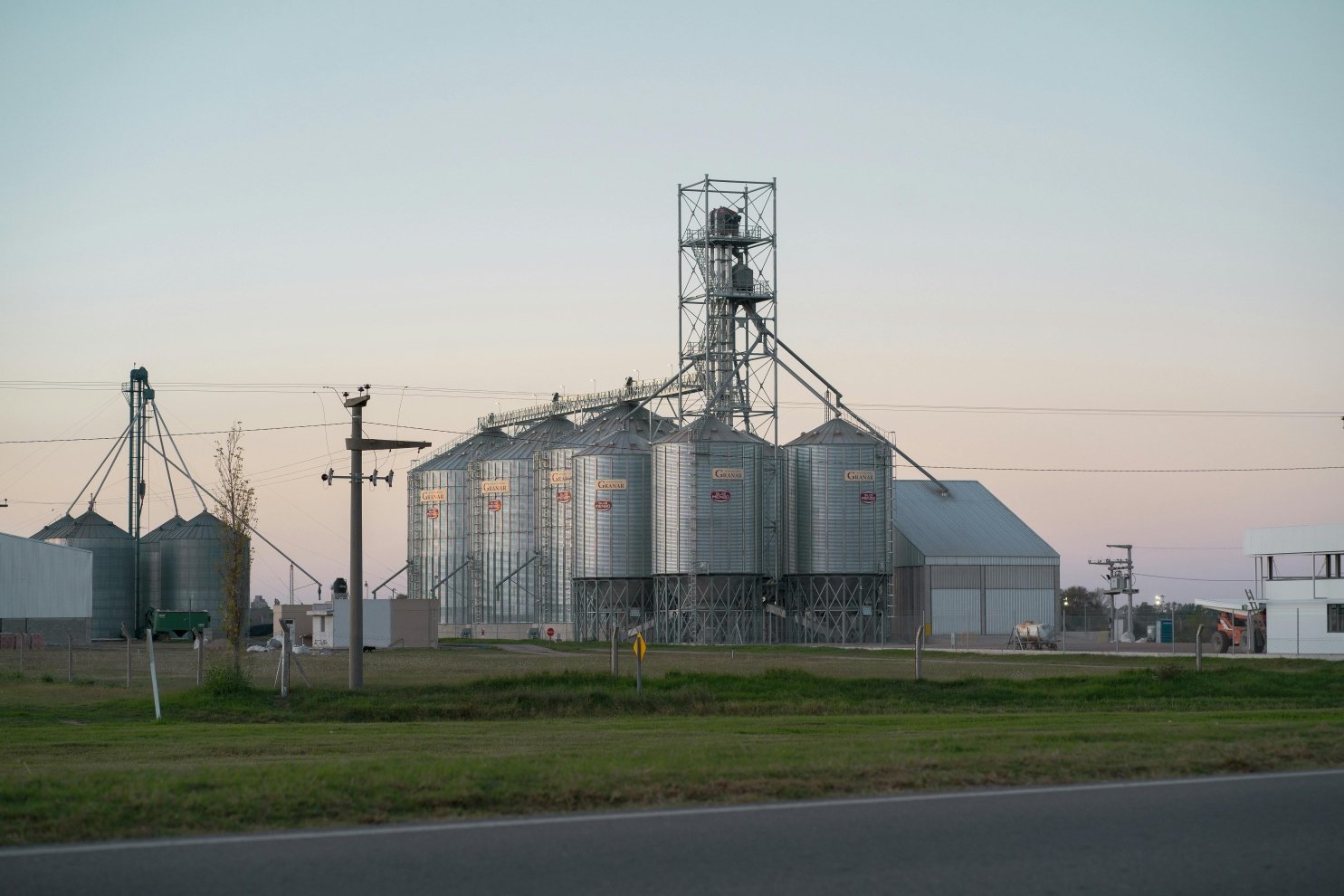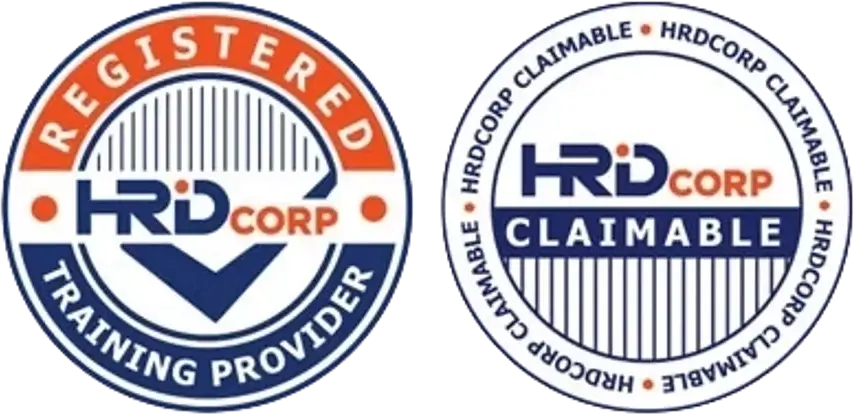Is Your Cleaning Schedule Really GMP-Compliant or Just a Routine?
Many manufacturers think a daily cleaning schedule automatically means they meet Good Manufacturing Practices (GMP). But the truth is — a cleaning routine is not always the same as GMP compliance.
Auditors don’t just look for cleaning frequency — they check whether your cleaning process is documented, validated, and proven effective. A routine without GMP verification could put your certification and product safety at risk.

🚫 Common Signs Your Cleaning Schedule Is NOT GMP-Compliant
-
No Written SOPs
-
Staff clean based on habit, not standardized procedures
-
No specific instructions on cleaning methods, tools, or chemicals
-
-
No Validation of Cleaning Effectiveness
-
No swab tests or microbial checks after cleaning
-
Relying only on visual inspection
-
-
Poor Documentation
-
Cleaning logs are incomplete or missing signatures
-
No record of chemical concentrations or contact times
-
-
One-Size-Fits-All Approach
-
Using the same cleaning schedule for all equipment, regardless of risk level
-
No differentiation between high-care and low-care areas
-
-
Untrained Cleaning Staff
-
Staff not trained in GMP cleaning requirements
-
No refresher training for long-term workers
-
📋 Key GMP Requirements for a Cleaning Schedule
-
Written SOPs: Step-by-step instructions for cleaning each area and equipment
-
Defined Frequency: Clear schedules based on risk assessment
-
Validated Methods: Use ATP tests, swabs, or lab analysis to verify cleaning effectiveness
-
Proper Chemical Use: Documented concentrations, contact times, and safety data
-
Record Keeping: Signed and dated cleaning logs kept for audit purposes
-
Training: Ongoing GMP training for cleaning personnel
-
Segregation of Tools: Colour-coded tools for different zones to prevent cross-contamination
🛠 Steps to Upgrade Your Cleaning Routine to GMP Level
-
Review and rewrite cleaning SOPs to meet GMP standards
-
Introduce verification methods (ATP, swabs, microbiological tests)
-
Train staff on GMP cleaning and proper chemical handling
-
Use risk-based cleaning frequencies for different zones/equipment
-
Maintain an audit-ready cleaning log system
-
Replace old tools with colour-coded, GMP-approved cleaning equipment
⚠ Risks of Having Only a “Routine” Cleaning Schedule
-
Audit Non-Compliance: Failure to meet GMP documentation and validation standards
-
Cross-Contamination: Ineffective cleaning can spread harmful microorganisms
-
Product Recalls: Increased risk of contamination incidents
-
Reputation Loss: Customers lose trust after safety breaches

💡 Pro Tip: A true GMP-compliant cleaning schedule is evidence-based, documented, validated, and consistently followed — not just “done daily.”


